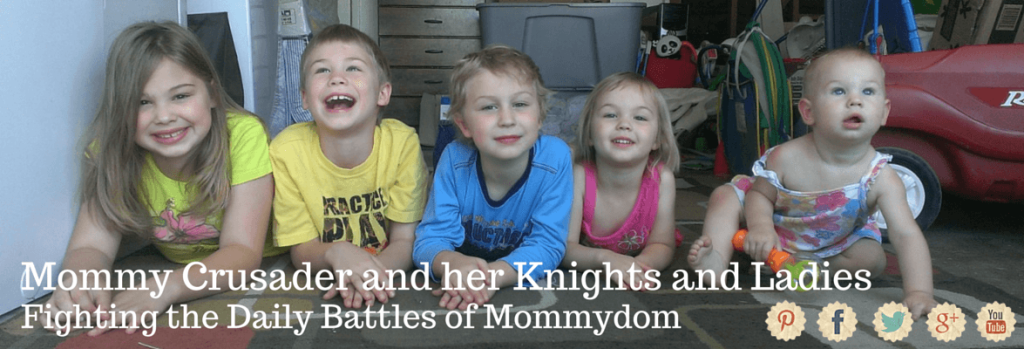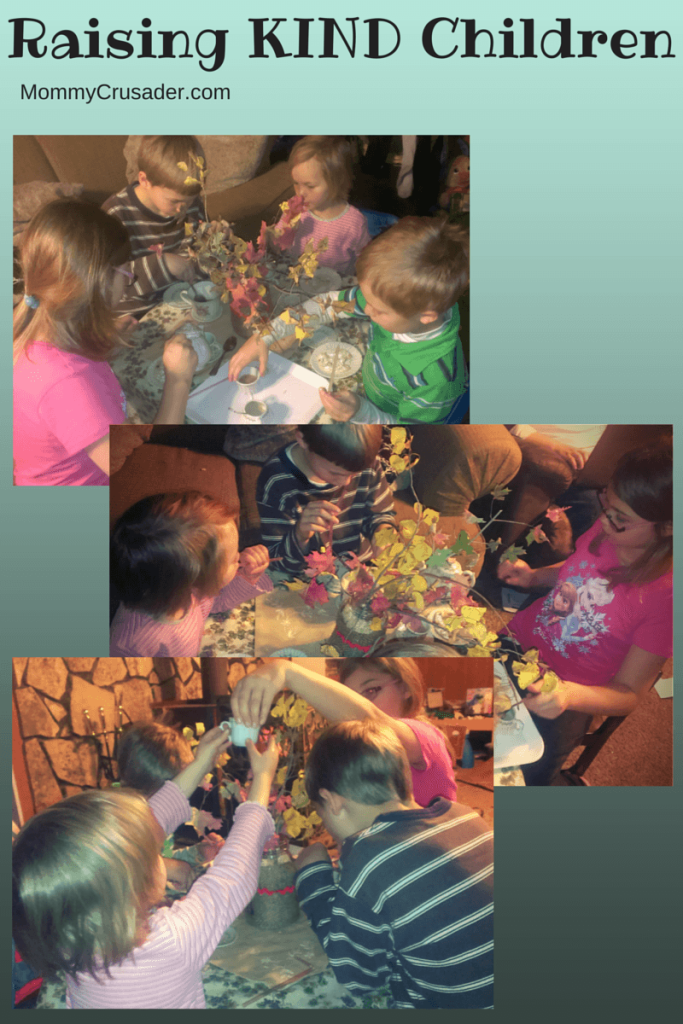Kindness, or the ability to think about, understand, and respond appropriately to other people’s needs and wants, isn’t something that comes naturally to humans. We are all born just a bit on the self-centered side. Babies come helpless and full of needs. As children grow, they experience many emotional and physical changes. Part of those changes is the ability to show empathy. Some experts say children can show empathetic responses around age two. It becomes our business, as parents, to foster this developmental change. From the very beginning, we need to be raising kind children.
There’s no magic solution to raising kind children. It takes conscious effort and continuous modeling on the part of the parents in order to be successful. The benefits of this hard work will pay off in many ways. Children who are raised to be kind and empathetic are better able to relate to others as adults. This will make getting through those awkward years – the middle school through college years – easier to do.
Developing the skills involved in being kind and empathetic has three key components. The first component, like most positive behavior development, is the parental modeling of kindness and empathy. The second is teaching what kindness looks like in difficult situations. And the third component involves praising the kind behavior when it happens.
Modeling Kindness
It is unreasonable to expect children to develop kindness or empathy if they do not see it or experience it from others. If parents want to raise kind and empathetic children, then they need to model kind and empathetic responses to situations. When a child interrupts an important or enjoyable activity, a good way of showing kindness is to respond gently and let the child know his needs are important to the parent. The dynamic interaction between parent and child, which is filled with kindness, is what will teach the child how to give kindness to others.
Teaching Kindness
It is important to take the time to discuss with children what kindness looks like. Sometimes this needs to occur when the child had been unkind. Instead of the “knee-jerk” reaction of a time-out, it would be more fruitful to discuss what a kind response would have been, and have the child involved role play a better solution. For example: “Johnny” is playing with a truck, and “Billy” comes over and takes it. The automatic response is to place “Billy” in time out, and then talk to him about not taking toys. But it might be more beneficial to talk to both of them together about what a kind response to the situation of wanting the toy would be. After talking about better ways to get what he wants, role play with the children so that “Billy” gets a chance to practice the new skill.
Praising Kindness
When teaching any new behavior, praise is a very powerful reinforcement tool. Children want to do well and succeed. And praise goes a long way in telling children they are doing what they are supposed to do and are succeeding. The praise needs to be sincere and honest. Just like adults, children can smell false praise a mile away. Be loving and sincere with the praise, and children will continue the behavior.
Kindness and empathy are skills that will benefit our children long into the future. And though it takes time and patience, the rewards are worth it. These skills are easier to teach the younger the child is when the teaching starts, but no age is too late to start raising kind children.


